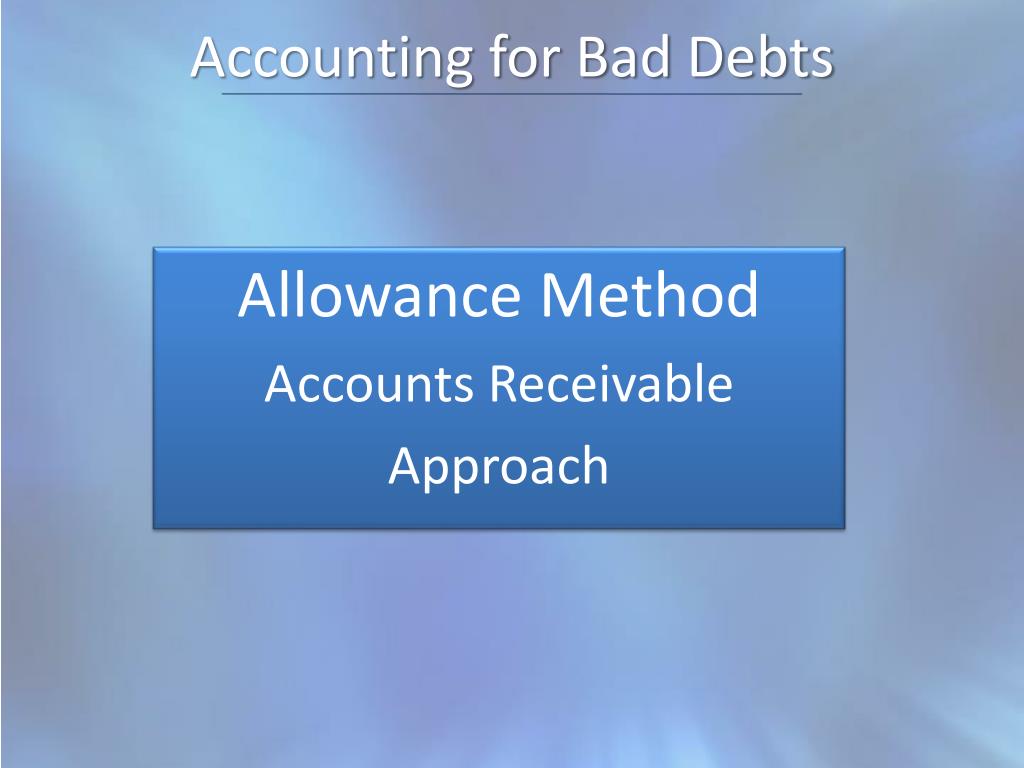
Typically your liabilities column is where you’ll see the credit balances. Those are the balances that are outgoing for your business. A credit balance is the ending total in an account, which implies either a positive or negative amount, depending on the situation. Thus, a credit balance could refer to an asset or a payment obligation, depending on the circumstances. For the past 52 years, Harold Averkamp (CPA, MBA) hasworked as an accounting supervisor, manager, consultant, university instructor, and innovator in teaching accounting online. He is the sole author of all the materials on AccountingCoach.com.
Normal Balance and the Accounting Equation
Perhaps you need help balancing your credits and debits on your income statement. Your goal with credits and debits is to keep your various accounts in balance. Let’s look at an example using the above equations.
What is Debit Balance and Credit Balance?
This depends on the area of the balance sheet you’re working from. For example, debit increases the balance of the asset side of the balance sheet. That rule reverses for the liabilities side of the sheet. Debits and credits tend to come up during the closing periods of a real estate transaction. The purchase agreement contains debit and credit sections.
What’s the Difference Between Debits and Credits?
While 100% of this value already comes from the short sale proceeds, the remaining 50% must be put up by the account holder as margin. The 150% margin requirement is the credit balance required to short sell a security. In effect, the funds cannot be withdrawn or used to purchase other assets. The credit balance in a short margin account is constant; it does not change regardless of price volatility.
If you want to decrease Accounts Payable, you debit it. Again, asset accounts normally have debit balances. Before issuing the balance sheet, any errors (such as first two items) need to be corrected. The accounts with credit balances such as those in the last 3 items above need to be reclassified to a current liability account. Since the shares being sold are borrowed, the funds that are received from the sale technically do not belong to the short seller.
- These definitions become important when we use the double-entry bookkeeping method.
- There’s a lot to get to grips with when it comes to debits and credits in accounting.
- Other examples include (1) the allowance for doubtful accounts, (2) discount on bonds payable, (3) sales returns and allowances, and (4) sales discounts.
- Looking at the table, you can see that a price decrease or increase did not change the value of the credit balance.
Definition of Asset Account Balances
The proceeds must be maintained in the investor’s margin account as a form of assurance that the shares can be repurchased from the market and returned to the brokerage house. A debit in an accounting entry will decrease an equity or liability account. But it will also increase an expense or asset account. Since cash was paid out, the asset account Cash is credited and another account needs to be debited.

Normal balance, as the term suggests, is simply the side where the balance of the account is normally found. You can set up a solver model in Excel to reconcile debits and credits. List your credits in a single row, with each debit getting its own column. This should give you a grid with credits on the left side and debits at the top.
Under the accrual basis of accounting, the Service Revenues account reports the fees earned by a company during the time period indicated in the heading of the income statement. Service Revenues include work completed whether or which account typically carries a credit balance not it was billed. Service Revenues is an operating revenue account and will appear at the beginning of the company’s income statement. Expense accounts normally have debit balances, while income accounts have credit balances.
Generally speaking, the balances in temporary accounts increase throughout the accounting year. At the end of the accounting year the balances will be transferred to the owner’s capital account or to a corporation’s retained earnings account. Whenever cash is received, the asset account Cash is debited and another account will need to be credited. Since the service was performed at the same time as the cash was received, the revenue account Service Revenues is credited, thus increasing its account balance. When you place an amount on the normal balance side, you are increasing the account. If you put an amount on the opposite side, you are decreasing that account.
